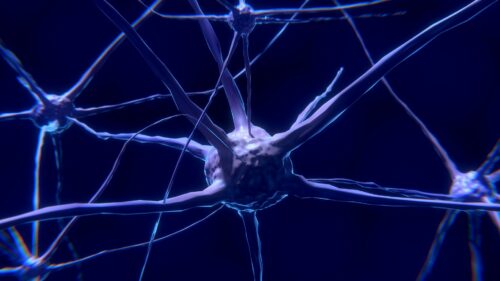A group of graduate and undergraduate students in Barnea’s lab developed A novel technique used to the understanding neural functioning of fruit flies in response to different tastes

Researchers developed an imaging technique to map the neural activity of fruit flies in response to sweet and bitter tastes. The new imaging technique is called Trans-Tango (activity). The Barnea lab invented the Trans-Tango technology to discover neural circuits in the brain. Trans-Tango is used to study how specific neurons in the circuits respond to specific stimuli.
“These results show that the way fly brains encode the taste of food is more complex than we had anticipated,” said study author Nathaniel Snell, who earned his Ph.D. in neuroscience from Brown in 2021 and conducted the research as part of his thesis. “Trans-Tango(activity) allowed us to selectively look at the second-order neurons in the circuit, so we could focus on how they responded to sweet and bitter tastes,” Barnea said.
This study assists to understand how flies avoid particularly rotten, poisonous, and bad taste food, it emphasizes the importance of sophisticated and refined processes of taste. The reaction to sweet and bitter tastes was very distinct, this made researchers expect to obtain entirely different neural activity along the circuits but trans-Tango(activity) exhibited some overlaps of the neural activity in response to two tastes.
“We believe that trans-Tango(activity) can be a useful tool not only for studying how the sense of taste works but for understanding neural circuits in general,” Snell said. “Sensory neurons encode many different kinds of information about the world, and figuring out how this information is relayed, transformed, or integrated as it travels from peripheral to deeper layers of a neural circuit is a central question in neuroscience. Trans-Tango(activity) is perfectly poised to be able to answer such questions.”
After more than 20 years of research, Barnea was able to develop trans-tango which could successfully be used in fruit flies. He mentioned that they are currently still working to add more adaptations in trans-Tango (activity).
Click here for the Published Research Paper







